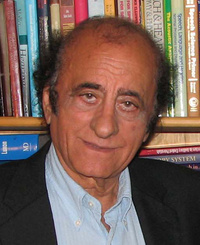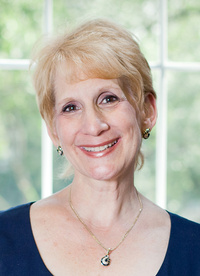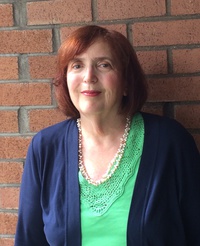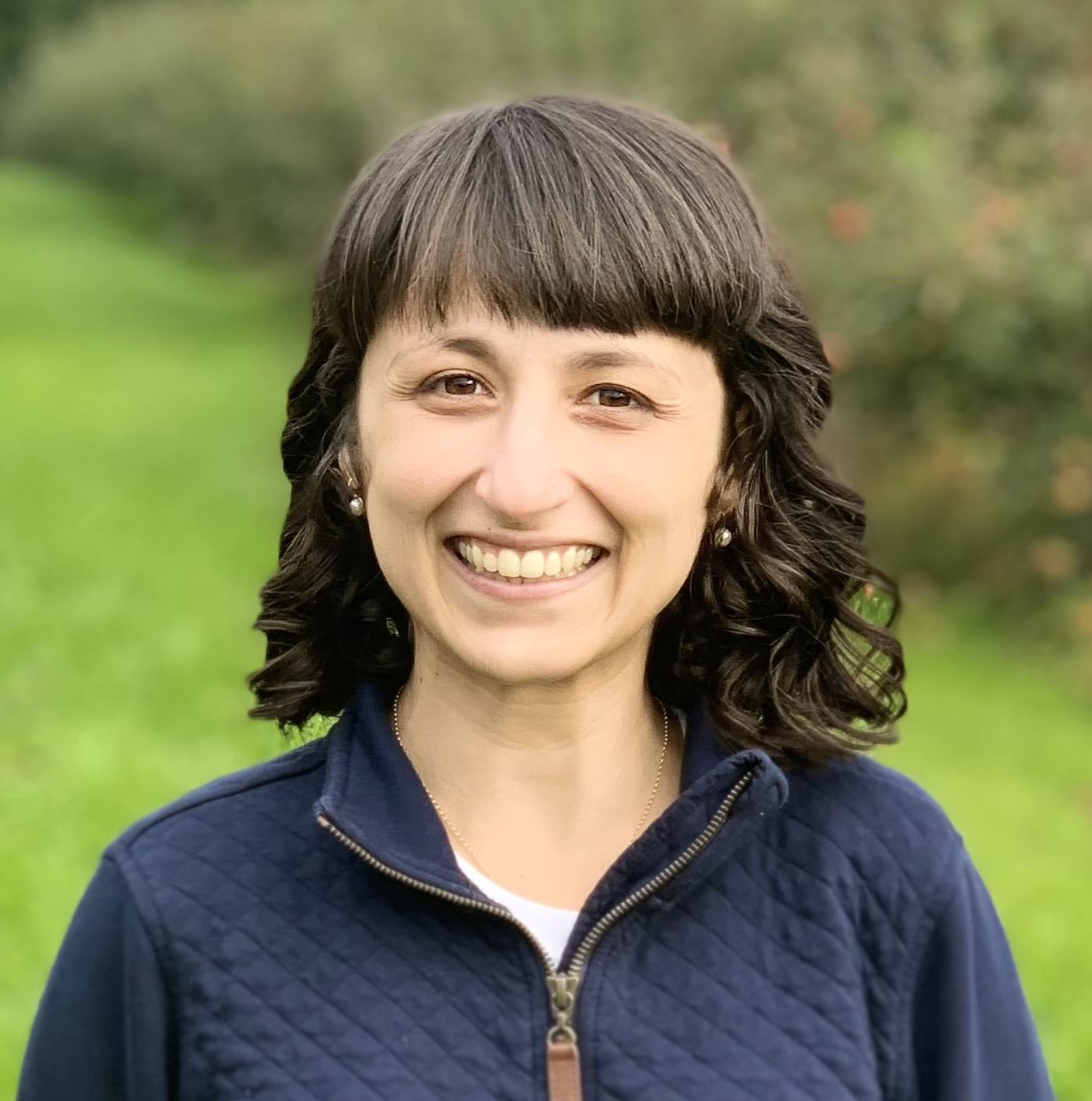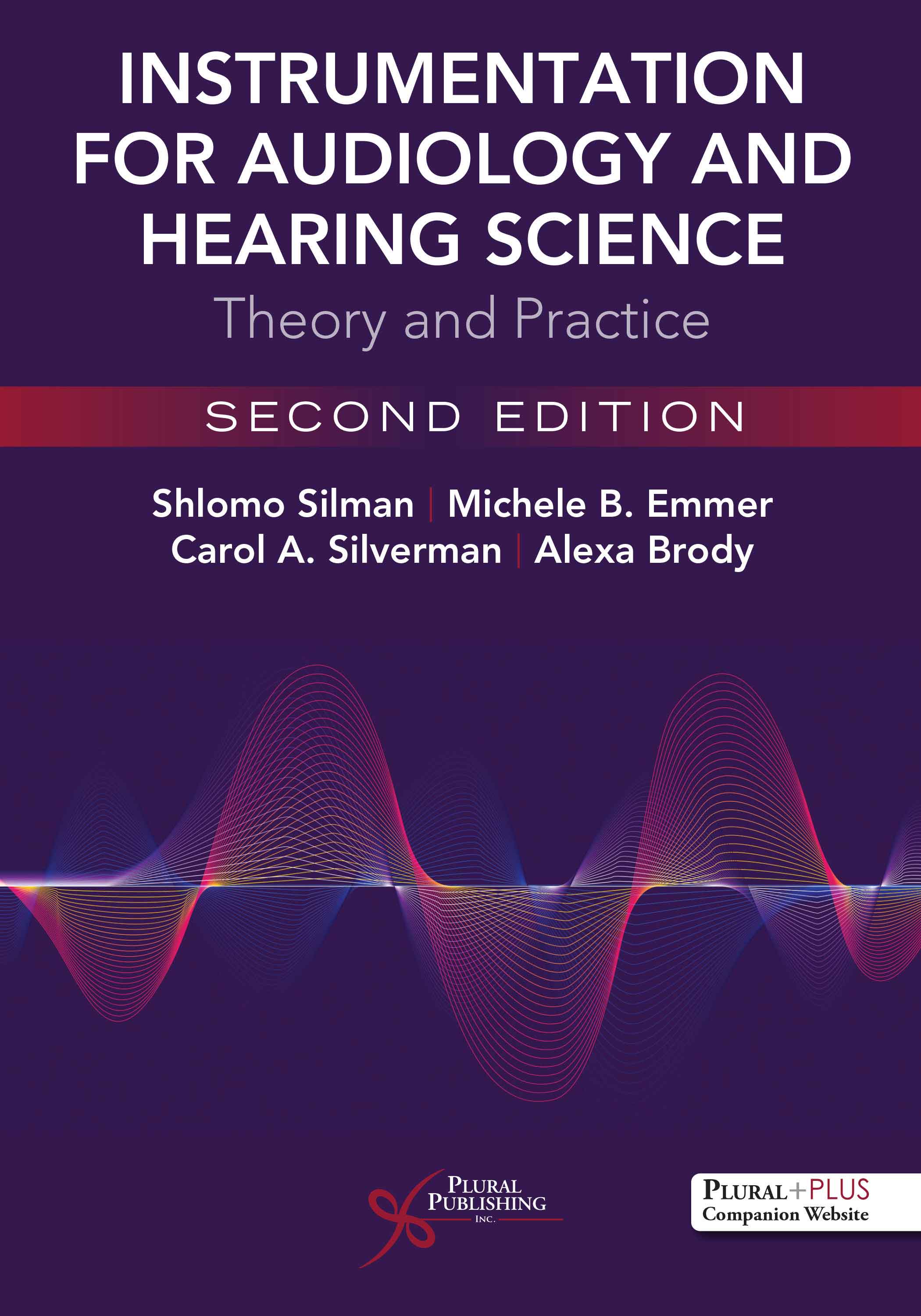
Instrumentation for Audiology and Hearing Science: Theory and Practice
Second Edition
Shlomo Silman, Michele B. Emmer, Carol A. Silverman, Alexa Brody
Details: 338 pages, B&W, Softcover, 7" x 10"
ISBN13: 978-1-63550-226-8
© 2023 | Available
For Instructors
Purchase
Understanding the array and complexity of instrumentation available to audiologists and hearing scientists is important to students, beginning clinicians, and even seasoned professionals. The second edition of Instrumentation for Audiology and Hearing Science: Theory and Practice is a comprehensive and accessible look at instrumentation used in these fields for research and clinical purposes. The expert authors introduce the laws of physics as they relate to audiology and hearing science and explain a range of concepts in electronics directly related to instrumentation used in audiology and hearing science, such as filtering and immittance (involving admittance and impedance), explain the fundamental instrumentation concepts in mathematics, physics, and electronics in a systematic manner including only the necessary formulae and basic scientific principles.
This unique professional text presents the fundamentals of the evolution of communication systems from analog to digital, including such concepts as digital signals, sound resolution, sampling, quantization and their applications to current technology such as video calls and noise canceling head phones. In addition, the authors comprehensively cover calibration of test and research equipment and stimuli used in audiology and hearing science. They also clearly describe elements of electronics and digital technology as they apply to our everyday lives and experiences, as well as to the fields of audiology and hearing sciences.
New to the Second Edition
- New chapters on amplification, assistive listening devices, and vestibular assessment (electronystagmography and videonystagmography), geared toward audiology and hearing science students and professionals
- Extensive reorganization for a smoother flow of information
- Expanded focus on evidence-based practice
- Informed by the authors’ teaching, research, and clinical experiences, the original chapters have either been eliminated or completely updated to reflect current scientific and clinical theories
- A PluralPlus companion website with practical step-by-step PowerPoint instruction and accompanying videos for the construction of direct- and alternating-current electrical circuits, as well as the construction of high-pass, low-pass, and band-pass filters
Reviews
“I am very glad I got an opportunity to review this book as it has helped me refresh my physics basics knowledge with pictorial representation and great examples for any non-professional to understand. In addition, this book helped me to understand the connection between physics and audiology in more depth. This is a completely updated version from the original edition with new chapters added (assistive listening devices and vestibular assessment) and a reorganization of material in a more appropriate manner.
This book contains solid, up-to-date fundamentals underlying audiologic and hearing science equipment, general physics, sound energy, AC & DC circuits, filtering & electrical impedance, analog & digital communication systems. Principles and theories underlying instrumentation are integrated with the function and clinical applications of clinical and research instrumentation specific to diagnostic audiology (acoustic immittance, audiometric testing, auditory evoked potentials testing, newborn hearing screening); rehabilitative audiology (amplification, assistive listening devices); vestibular assessment (ENG/VNG); and hearing sciences which will be very useful for recent graduates as well as for experienced Audiologists. Basic protocols for the use of instrumentation were described comprehensively, and this knowledge and understanding of audiological and hearing sciences instrumentation both facilitate and enhance successful applications of this instrumentation in our day-to-day practise.
…New to this edition are instructor PowerPoint presentations for all chapters, practical step-by-step video demonstrations, and student PowerPoint explanations of how to construct direct- and alternating-current electrical circuits, and low-pass, high-pass, and band-pass filters enhances readers understanding of concepts…
…The research tools used by hearing scientists and audiologists largely involve the same instrumentation used by audiologists for clinical and research purposes. This book can serve as a basic instrumentation text for AuD and PhD students and hearing scientists and audiologists. The authors made sure that this book is a basic reference for clinicians, educators, and researchers in audiology and hearing sciences and a tool for understanding material presented in more advanced instrumentation texts. It also can function as a supplementary text for doctoral courses in amplification. I want to conclude that the authors did a tremendous job in the making this book and will be an asset to our audiology field.”
–Kuruvilla Mathew, MS, University of Toronto, in Canadian Audiologist (Jan 2023)
“This book is informative, with concise explanations of basic principles of physics and technology aiding the reader in understanding how these are related to instrumentation used within audiology and scientific aspects of hearing. A valuable text to have on the shelf as a source of information for those studying or teaching in the field of audiology.
The authors have made considerable effort with the flow of information through the chapters, beginning with the general fundamentals and gradually moving to complex theories and their use, either instrumentally or clinically.
The first few chapters allow the reader to recognise the essential underlying concepts of electricity; direct, alternating current, circuitry and its components. The next few chapters concentrate on signal processing, including analogue to digital, referencing to quantisation, sampling and filtering. The latter chapters describe the functionality of various components found in different hearing aids, integrating this into instrumentation. The additional chapters on amplification, assistive devices and vestibular assessment makes this book more complete, enveloping many of the crucial branches routinely used in the field of audiology.
Each section is well written with clarity and depth explanation. The use of diagrams, some simple but effective, allow better understanding of the various concepts…
Assistive components, such as the companion website using PowerPoint and videos, allow better comprehension of the different topics.”
–Zebunnisa H, Vanat, Lead Clinical Scientist (Audiology), Cambridge University Hospitals NHS Foundation Trust, in ENT & Audiology News (January/February 2023)
Introduction
Acknowledgements
About the Authors
Chapter 1. General Physics and Introduction to Sound Energy
Measurement
Area
Velocity
Acceleration
Force
Pressure
Work
Power
Intensity
Values to Remember
Chapter 2. Electrical Energy— Direct Current
Coulomb’s Law
Current, Voltage, and Resistance
Ohm’s Law
Series Resistance and Parallel Resistance
Direct Current Circuit
Chapter 3. Electrical Energy— Alternating Current
Introduction
Phasor Representation of AC
Square Wave
Analysis of a Square Wave
Power Transmission
AC Circuit Components
Resistive AC Circuit
Capacitors and Inductors
Series Capacitance and Parallel Capacitance
Series Inductance and Parallel Inductance
Chapter 4. Filtering and Electrical Impedance
Impedance and Admittance
Filters
Low-Pass Filter
High-Pass Filter
Band-Pass Filter
Band-Reject Filter
Reference
Chapter 5. Building Communication Systems: Evolution from Analog to Digital
Introduction
Microphones
Loudspeaker/Earphone/Insert Receiver
Amplifiers
Transistors
Digital Communication Systems
Digital Signals
Quantization
Sound Resolution
Sampling
Sampling in Audio Systems
CD Players
Digital Signal Processing
Active Noise Cancellation
Chapter 6. Acoustic Immittance
Acoustic Immittance
Methods for Measurement of Static-Acoustic Middle Ear Immittance
Calculation of Acoustic Admittance of the Middle Ear
References
Chapter 7. Amplification
Introduction
Hearing Aids
Hearing Aid Components
Additional Features of Some Hearing Aids
Directional Microphones
Telecoils (t-coil)
Wireless Connectivity
Remote Controls
Ambient Noise Control
Hearing Aid Styles
Hearing Aid Earmolds
Generic
Custom Earmolds
Earmold Materials
Earmold Impressions
Venting
Tubing
Introduction
ANSI Standard
Hearing Aid Couplers
KEMAR (Knowles Electronics Manikin for Acoustic Research)
Evaluating Hearing Aid Performance Using ANSI Standards
HA-1
HA-2
HA-2B
HA-3
Recommended Measurements, Specifications, and Tolerances
Curves
Frequency Range
Tolerance Method for Frequency Response Curve
Tolerances
Tolerance Template
Harmonic Distortion
Equivalent Input Noise Level (EIN)
Examples of Current Instrumentation for the Measurement of Hearing Aid Parameters
Hearing Aid Analyzers: Test Boxes
Calibration of Hearing Aid Test Systems
Amplification for Children
Advantages of a Bilateral Hearing Aid Fitting
Head Shadow Effect
Enhanced Speech Understanding
Binaural Squelch
Binaural Redundancy
Improved Sound Quality Along with Better Spatial Balance
Improved Sound Localization
Prevention of Auditory Deprivation
Binaural Interference
Identification of Binaural Interference
Auditory Training
References
Chapter 8. Assistive Listening Devices
Introduction
What Are Assistive Listening Devices (ALDs)?
ANSI/ASA S3.47-2014
Classification of ALDs
Components
Test Equipment
Standard Conditions
Equipment Setup
Settings of Controls
Recommended Measurements
Types of ALDs
Frequency Modulation (FM) Systems
Classroom Audio Distribution Systems (ADS)
Hearing Loop Systems
Infrared (IR) Systems
Bluetooth Technology
Comparative Analysis of ALDs
SNR Enhancement
Convenience
Consistency
Privacy
Affordability
Discussion
Future Research
Conclusion
References
Chapter 9. Vestibular Assessment: Electronystagmography and Videonystagmography
Electro-Oculography
Video-Oculography
Neurophysiologic Mechanisms Underlying ENG and VNG
The Final Common Pathway
Saccadic System
Smooth Pursuit System
Neural Integrator
Vestibulo-Ocular Reflex (VOR) and VOR Fixation
Optokinetic (OKN) Testing
Caloric Irrigations
Calibration
Temperature
Timing
Distance and Angle
Flow
Eye Movements
VNG Goggles
Advantages and Disadvantages of ENG and VNG
ENG/VNG Test Battery
Oculomotor Tests
Static Positional Tests and Dynamic Positioning Testing
Caloric Testing
Sample VNG from a Normal Patient
Saccadic Test Results
Results of Smooth Pursuit Testing
Gaze Testing
OKN Testing
Head-Shaking Nystagmus Test
Positional and Positioning Test Results
Caloric Testing
References
Chapter 10. Test Equipment Used in Audiology and Hearing Science
Audiometer
Oscillators
Standard Oscillator
Square-Wave Oscillator
Detailed Description of the Stimuli Generated by an Audiometer
Critical Band
Speech Noise
Instrumentation for Acoustic Immittance
Components of the Immittance Device
Otoacoustic Emissions — Instrumentation
Electrophysiologic Instrumentation
Auditory Evoked Potentials
Stimulus Used in Auditory Evoked Potentials (ABR)
Click Stimulus
Repetition Rate
Polarity
Universal Newborn Hearing Screening (UNHS)
References
Chapter 11. Instrumentation for Calibration and Calibration of Test Stimuli
Equipment Used for Calibration
Equipment for Calibration of Air Conduction
ANSI Requirements for Calibration of Audiometric Signals
Calibration
Frequency Accuracy
Total Harmonic Distortion (THD)
Rise and Fall
Linearity
Sound-Field Testing
Bone Conduction Calibration
Artificial Mastoid
Type 4930
Larson Davis AMC 493A
Calibration of High Frequencies
Calibration of the Acoustic Admittance Device
Calibration of Admittance Unit of Measurement
Calibration of Probe Signal Intensity
Calibration of the Activating Stimuli
Calibration of the Pneumatic System
Calibration of the Otoacoustic Emissions Probe Signal
Calibration for Auditory Evoked Potentials
Calibration for Masking Noise
Noise Levels in the Test Environment
References
Index
Instrumentation for Audiology and Hearing Science: Theory and Practice, Second Edition comes with access to supplementary student and instructor materials on a PluralPlus companion website.
STUDENTS*:
To access the student materials, you must register the access code printed on the inside front cover of your print book on the companion website.
INSTRUCTORS:
To access the instructor materials, you must contact Plural Publishing, Inc. to be verified as an instructor and receive your access code.
Email: instructormaterials@pluralpublishing.com
Tel: 866-758-7251 (toll free) or 858-492-1555
*Note for students: If you have purchased the textbook used or have rented it, your access code will not work if it was already redeemed by the original buyer of the book. Plural Publishing does not offer replacement access codes for used or rented textbooks.
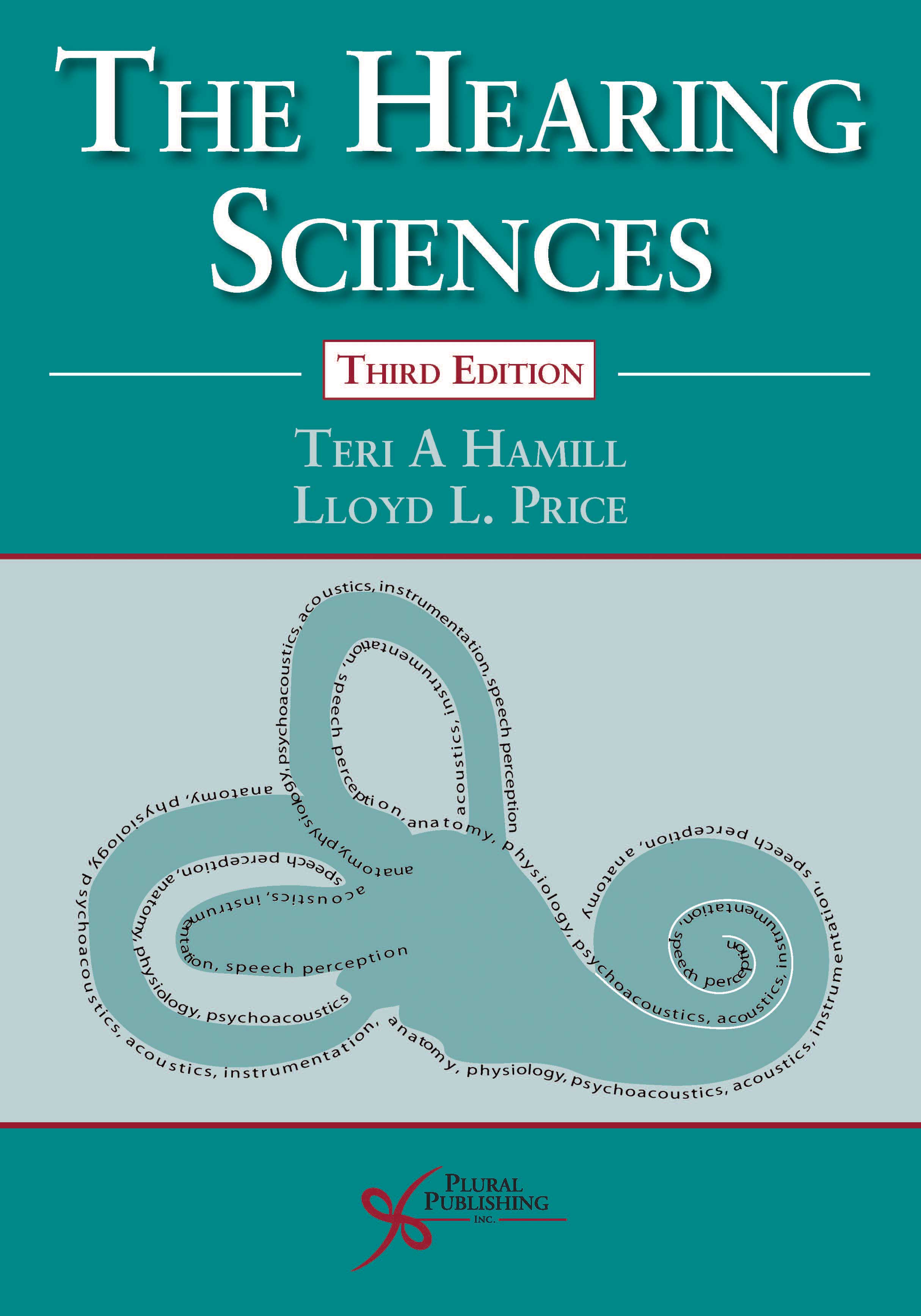
The Hearing Sciences
Third Edition
Teri A. Hamill, Lloyd L. Price
Details: 637 pages, B&W, Softcover, 8.5" x 11"
ISBN13: 978-1-94488-363-8
© 2019 | Available
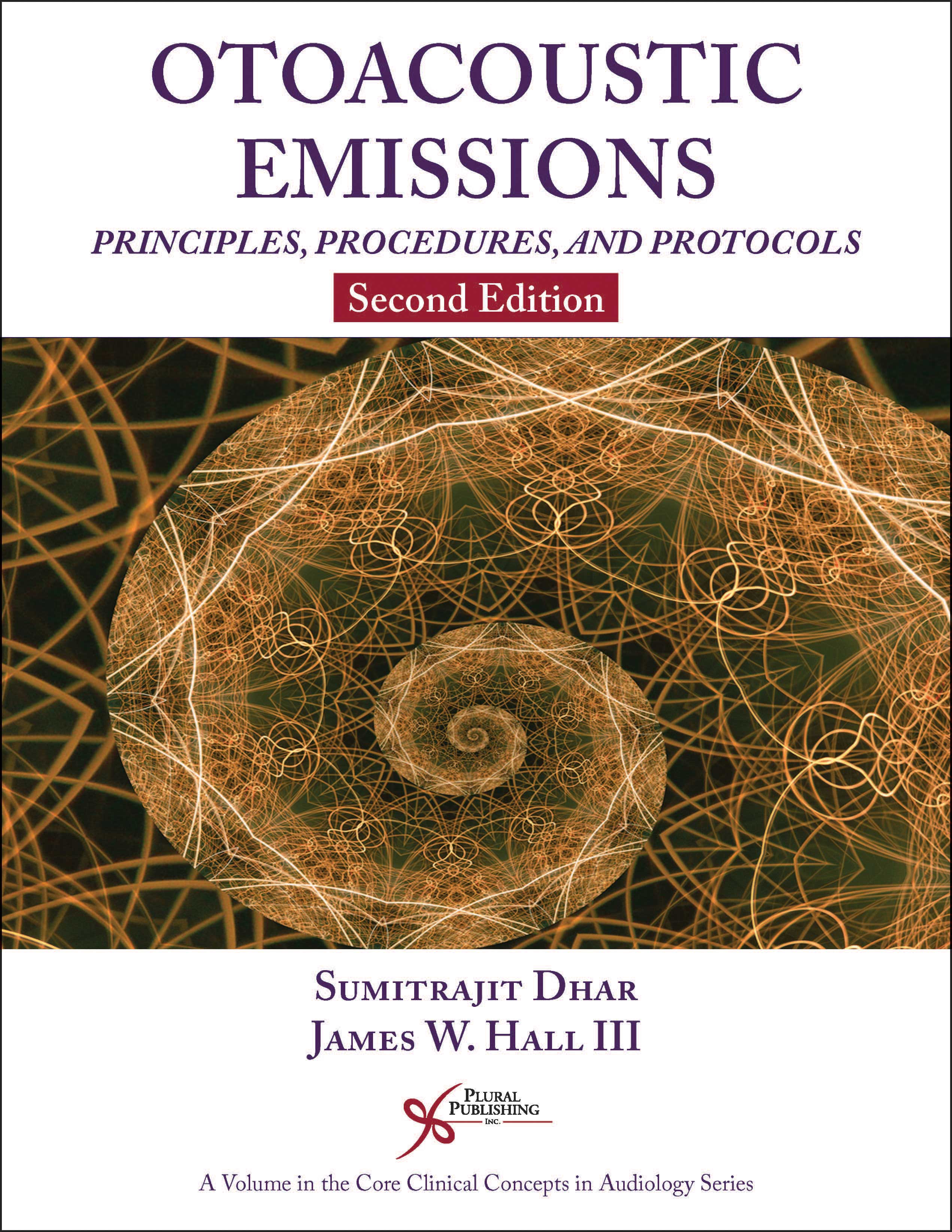
Otoacoustic Emissions: Principles, Procedures, and Protocols
Second Edition
Sumitrajit Dhar, James W. Hall, III
Details: 293 pages, 2-Color, Softcover, 8.5" x 11"
ISBN13: 978-1-94488-385-0
© 2018 | Available
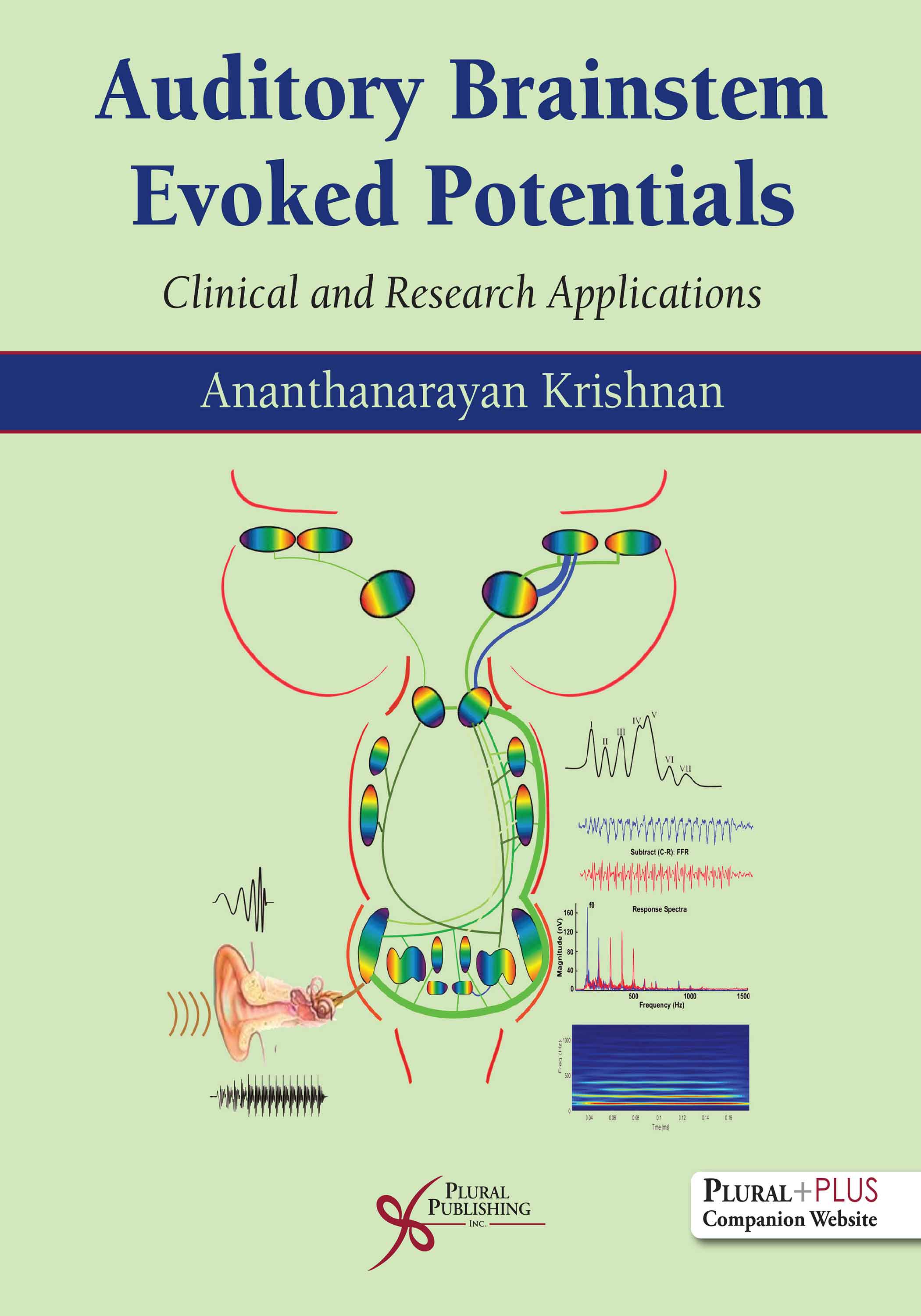
Auditory Brainstem Evoked Potentials: Clinical and Research Applications
First Edition
Ananthanarayan (Ravi) Krishnan
Details: 379 pages, B&W, Softcover, 8.5" x 11"
ISBN13: 978-1-63550-239-8
© 2023 | Available
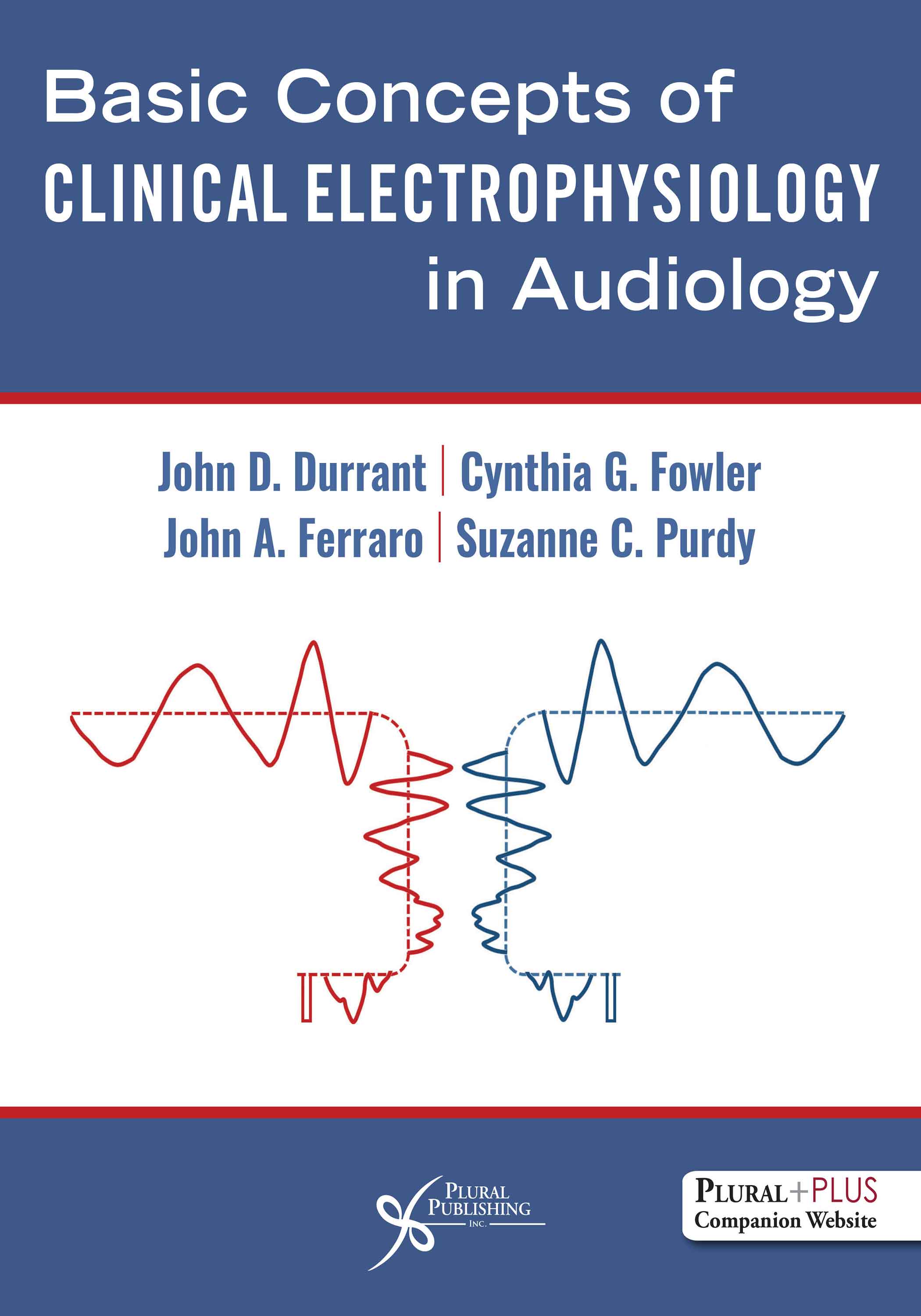
Basic Concepts of Clinical Electrophysiology in Audiology
First Edition
John D. Durrant, Cynthia G. Fowler, John A. Ferraro, Suzanne C. Purdy
Details: 475 pages, B&W, Hardcover, 8.5" x 11"
ISBN13: 978-1-63550-175-9
© 2023 | Available
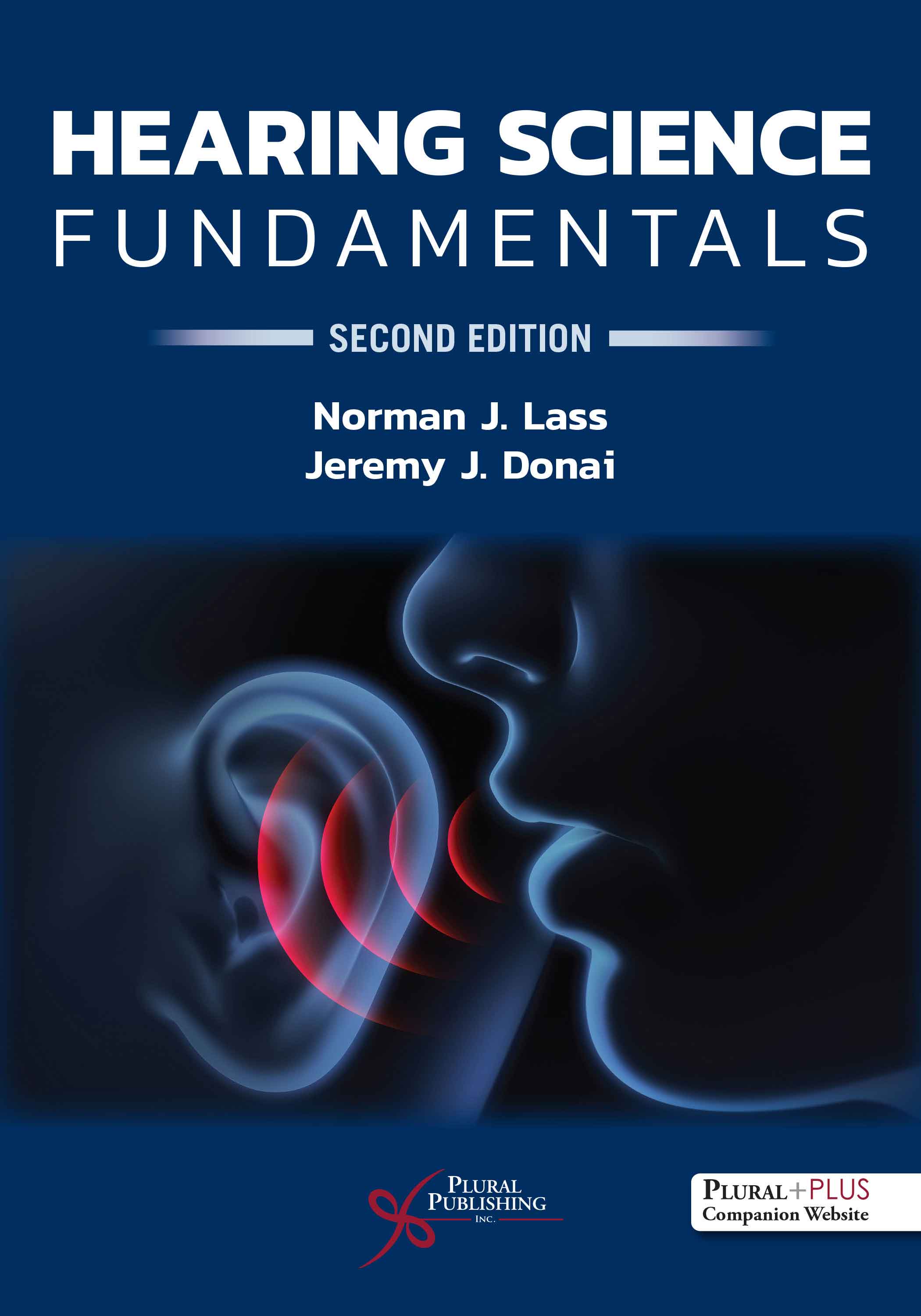
Hearing Science Fundamentals.
Second Edition
Norman J. Lass, Jeremy J. Donai
Details: 370 pages, 2-Color, Softcover, 7" x 10"
ISBN13: 978-1-63550-328-9
© 2023 | Available
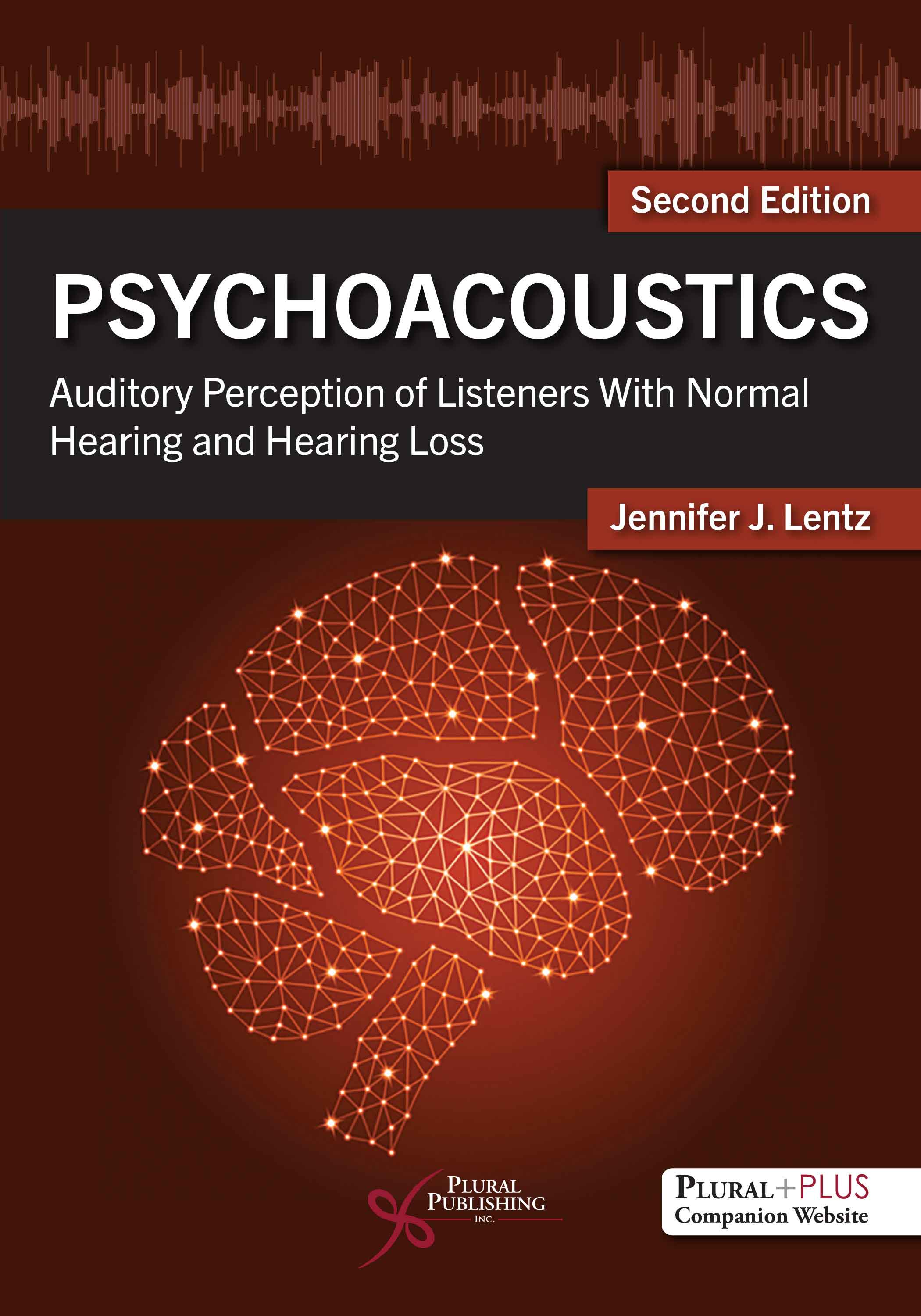
Psychoacoustics: Auditory Perception of Listeners with Normal Hearing and Hearing Loss
Second Edition
Jennifer J. Lentz
Details: 275 pages, B&W, Softcover, 7" x 10"
ISBN13: 978-1-63550-525-2
© 2025 | Available
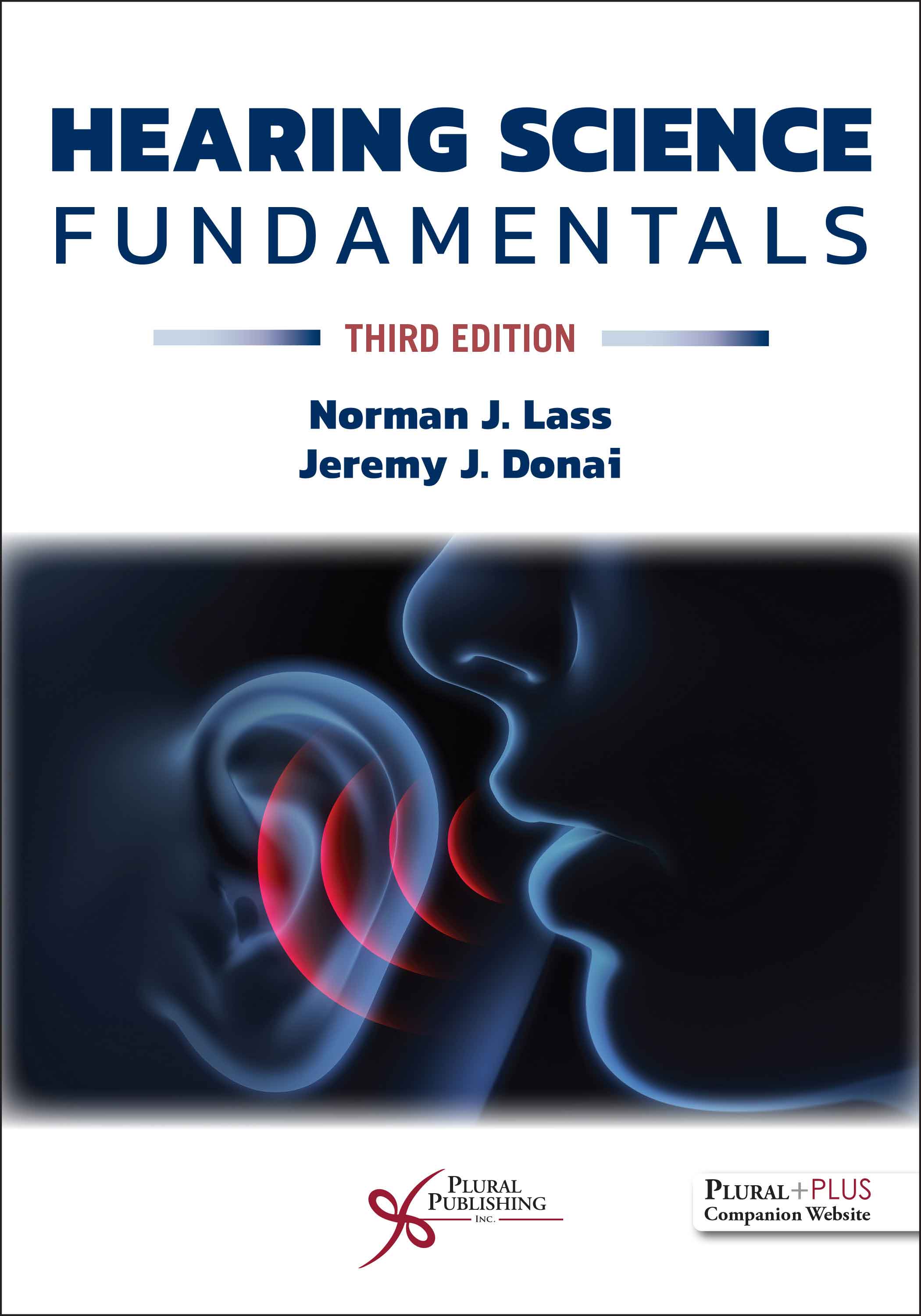
Hearing Science Fundamentals
Third Edition
Norman J. Lass, Jeremy J. Donai
Details: 374 pages, 2-Color, Softcover, 7" x 10"
ISBN13: 978-1-63550-772-0
© 2026 | Available

